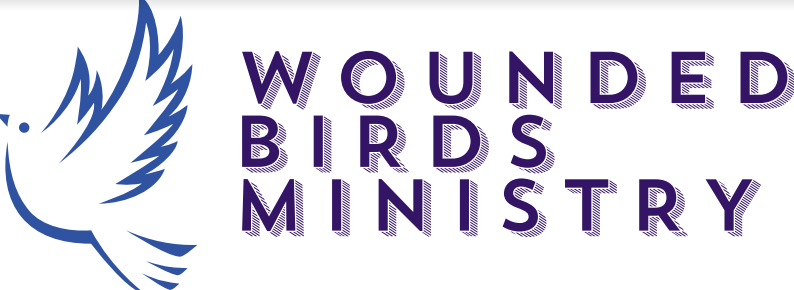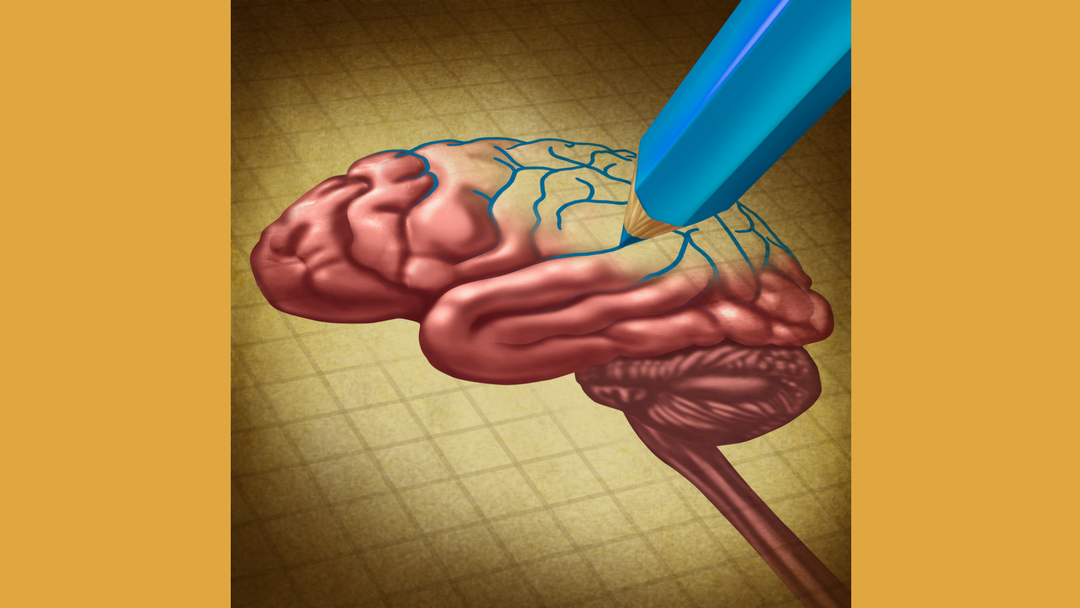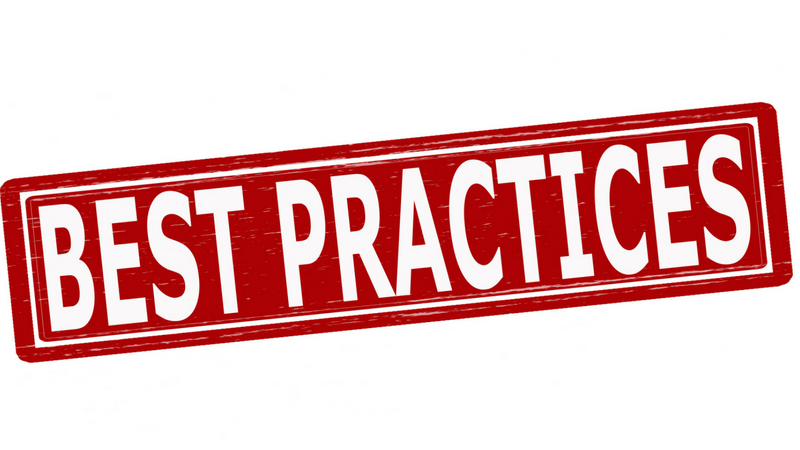Fixing Our Thinking Distortions
Cognitive Behavior Therapy (CBT) is a way of looking at events and our responses, and determining if there are better or different responses we can have. Oftentimes, we have default responses to situations (for example, someone cuts us off in traffic and we respond with a swear word and a strong hand gesture); we call these “Thinking Distortions.”
Changing our thinking starts with understanding what situations trigger a response, and then understanding what happens with our emotions and bodies as we respond to the situation. Once we know how we respond to the situation, we challenge the Thinking Distortions and responses and come up with a different way to respond.
It takes practice and we have to be patient and kind with ourselves as we go through the experience. The benefit is worth all the effort; we learn to respond differently to the world, and the world responds back to us in kind.
We Can Attack Thinking Distortions
So how do we attack these Thinking Distortions? It’s fairly straightforward, although it can be challenging in the beginning. We first recognize that something sets off our automatic responses, and sets the automatic tape running in our heads; then we identify the moods and emotions associated with it.
Next, we look at how our body responds to the thought. From there, we work to identify which thinking distortions (also known as “thinking fallacies”) are present, and then we look at them objectively to challenge it and identify what truth, if any, they contain.
The last step is to find a different response to the thoughts. Along the way, we write everything down so the next time this thought comes up, we can work our way through it more rapidly until we’ve either wiped that section of the tape out, or simply written over it.
As we work our way through the exercise, I am giving you permission to take breaks as you need or want. There are no brownie points for resolving your thinking distortions all at once. Indeed, if you are working through an especially emotional or difficult situation, breaks may be necessary.
I’ll confess that I’ve done some thinking distortions exercises for 10 minutes at a time, revisiting them the next day, or maybe two days later. Just make sure to come back to the exercise, if you really want to resolve it.
Identify a Trigger
Let’s start with finding a situation that causes us anxiety, stress, or another emotion (or series of emotions) that we struggle to cope with in a healthy manner. While it’s usually a situation or a stray comment from someone, it can also be another thought that’s working its way through our brains.
One woman (Judy) I worked with was anticipating meeting a woman at a party; their friendship was strained at the moment and her instinct was to simply avoid the party, but she made a commitment to another friend and felt obligated to go. The anticipation of encountering this friend at the party was the trigger.
We made a list of all the thoughts that ran in Judy’s mind connected to this situation. “Everyone is going to think I’m a witch because I’m not getting along with her.” “She doesn’t like me anymore. Actually, no one will like me now.” “I’m going to lose all my friends over this situation.” “It’s all my fault.”
We talked our way through this list, and came to the ultimate thought that underlaid all these other thoughts: “Every friendship ends in destruction.” This is the start to identifying a thinking distortion
How Does Our Body Respond?
The mind-body relationship is complex and very real. Check if this thought and the emotions it brings on causes changes in your body.
I get a tight jaw and raised shoulders if I’m stressed. I’ll rub the top of my chest with one hand when I feel vulnerable. My throat clenches when I feel sad. I only know these things about myself because I’ve learned to pay attention.
Make a full catalog of the sensations going through your body as you identify the emotions you’re feeling. Don’t worry about figuring out if that stomachache is about stress or anger; just note that you’re feeling it.
For Judy, her hands went numb, her heart started to race, she got heartburn, and she started to feel warm.
Again, let’s not judge these reactions. They’re real, and they’re how our body responds. There’s no right or wrong; there just “is.”
Is It True? What Thinking Distortions Exist?
Now we come to the part that a lot of people find difficult: figuring out where our thinking is wrong. What makes this section of the exercise so challenging is that these thoughts feel true, and we’ve usually lived with them for many years before we’ve chosen to challenge them.
Start by noticing if the words “should,” “always,” or “never” are in the thought, or even implied. For Judy, the word “every” is our clue. Does every relationship really end in destruction?
As we sat in our group, we gently challenged Judy on this point. How old is her oldest relationship? (15 years) Has that relationship had tough moments? (Yes) Is she still friends with that person? (Yes) So we’ve found one relationship that hasn’t ended in destruction: the word “every” is false.
Next, we asked her: “If your best friend told you this, what would you say to her?” (This is a great question because we are often kinder to our friends than we are to ourselves. It’s a great method to get outside of your own head for a moment.)
Lastly, we asked her: “If you said this to God, what do you think He would say to you?” I encourage you to use those last two questions and really sit on them for a few minutes as you work your way through this exercise. If you need to, pray to God and ask Him directly.
Having successfully challenged the thought, we next looked at the list of Thinking Distortions that she relied on. In her case, we determined that she was using Overgeneralization and Fortune Telling. We knew she was overgeneralizing when she used the word “every.” And, we determined she was fortune telling because she was predicting that all her friendships would end in destruction: how could she possibly know that? Judy hasn’t lived it yet.
What’s a Better/Different Response?
At this point, Judy was responding differently to the group. “I guess not all my friendships are destructive, and I know I have friends I can count on; they’ve already seen me through some tough times.” Yes! She’s already thinking differently.
How was she feeling now? “I feel lighter and happier. I feel more confident.” Awesome. What about Judy’s body? Did it reflect any changes? “I can feel my hands, and I want to smile. My shoulders are relaxed.” (Notice that the shoulders weren’t even on her original list of physical responses; it wasn’t until they relaxed that she even knew they were tense. We went back and wrote down that response in the earlier section.)
The group noticed that Judy looked more relaxed; her eyes were open wider and she was sitting taller in her seat. Her voice was a little stronger and her words were clearer. It was a profound and powerful change.
I’m going to do some fortune-telling of my own right now, and guess that you’re thinking: “This is great when I do it, but that thought will come back. It’s not like this is a permanent change.” If this is what you’re thinking, then I want you to know that I agree. I don’t expect your thought to change just because you went through this exercise once (although it does happen).
Judy will face other situations in life, and this thought is embedded pretty deeply in her mind. Now that she has this written down, she can go back to her notes and remember why this thought isn’t right. Every time she revisits the thought and her notes, she builds a new memory. Eventually, she will be able to dismiss the thought when it comes up. “I know this isn’t true. I’m fortune-telling and overgeneralizing. I have long-term friendships, and Jesus will never abandon me.”
It’s not instantaneous, but it does happen over time. We re-write the tape in our heads.
I encourage you to go through this exercise whenever you find yourself experiencing a stress response to an event or situation. You may not be able to do it at the moment (and it may not even be a good idea to try, depending on your stress level) and you may have to take breaks along the way. No matter how you approach the exercise, it is one of the most powerful tools we have at our hands to help us heal and change the way we think.
What are some of the things your automatic tapes say to you? Have you gone through a CBT exercise before? I would love to hear your experiences in the comments below!
Looking for daily inspiration and community? Join our warm and supportive Facebook group!










The parallel to formal education is clear: cognitive behavioral therapy teaches good critical-thinking skills, the sort that educators have striven for so long to impart. By almost any definition, critical thinking requires grounding one’s beliefs in evidence rather than in emotion or desire, and learning how to search for and evaluate evidence that might contradict one’s initial hypothesis. But does campus life today foster critical thinking? Or does it coax students to think in more-distorted ways?
I think that’s a fair point about the parallels between formal education and CBT. That said, we don’t always recognize those automatic thoughts that hide in our minds, which makes challenging them more difficult.